Activity
Create a Shoebox Habitat
Does your child have an active imagination? Kids brains are always making creative new connections, which aids in a child's natural ability to come up with stories. This is of course helpful in English class, but storytelling is actually an important science skill as well. In this activity, your child will use his storytelling skills to explore different animal habitats. This is a great exercise to get kids learning about geography, environments, and animals. This shoebox diorama activity will help your child expand on learnings from school and explore his budding creative prowess!
What You Need:
- Old shoebox
- Multi-colored construction paper
- Clay in various colors
- Assorted household craft supplies (sand, leaves, cotton balls, etc. depending on your chosen environment)
- White card stock
- Optional: small animal toys
What You Do:
- Before your start constructing your habitat, ask your child about different kinds of habitats he has learned about in class. You might ask about the weather, types of animals and plants in the habitat, or what you might find there. The kinds of habitats you can discuss might include the forest, ocean, desert, grassland, and arctic habitats.
- Get your child to choose his favorite kind of habitat. Write down the things that you might find in that habitat. Make sure to explore the scenery–icebergs, trees, mountains, etc.–, the plants, and the animals that might live in that kind of habitat. When you're done brainstorming, make a quick sketch of what the habitat might look like to use as a guide while building your diorama.
- Take a piece of white paper, and cut it so that is the same size as the bottom of the shoebox. Have your child draw and color the background scenery for his diorama on this paper. He can cut different pieces of paper to fit the ground, sky, and sides of his diorama too!
- Help your child glue the scenery into the inside of the shoebox.
- Now, it's time to add in some 3D elements! Create the ground of your habitat. Grassland habitats can be created with decorative Easter grass, arctic habitats can benefit from white paper and cotton balls, dessert habitats can be enhanced with some glue and sand, and ocean habitats can look more convincing with blue cellophane.
- Add some objects to make your habitat more detailed. Get creative when turning the objects from your brainstorm into physical objects for the diorama. For example, in a grassland or desert habitat, you could create a watering hole out of blue cellophane or a painted circular food container. Other ideas: make icebergs for an arctic habitat out of egg cartons, or trees for many different habitats out of clay and green-painted cotton balls.
- Finally, add animals to the habitat. You can either use toy animals you already own or create your own animals out of clay or drawings on stiff paper. If your animal is made of paper, make sure to create a base out of cardboard or stiff paper to help it stand up.
- Have your child make up stories and scenes within the habitat. This is a great reusable DIY toy–just pop the lid back on the box and put it away until next time!
Related learning resources
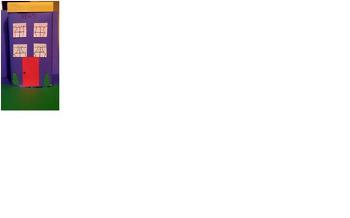
Shoebox House
Activity
Shoebox House
Encourage your child's inner architect with a shoebox creation that he can craft into his dream house, mansion or palace.
1st Grade
Activity
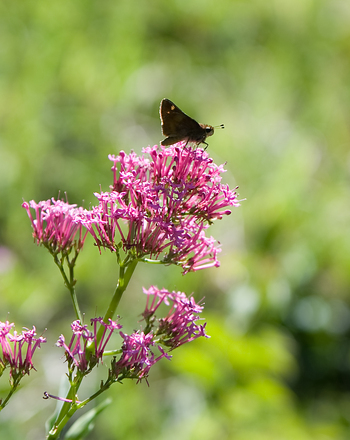
Make a Butterfly Habitat
Activity
Make a Butterfly Habitat
Create a habitat for a butterfly right in your own backyard, and build your first grader's science knowledge while you're at it.
1st Grade
Science
Activity

An Animal Habitat Game
Activity
An Animal Habitat Game
Check out this silly game that will put your kid's animal habitat knowledge (and acting skills) to the test.
Kindergarten
Science
Activity
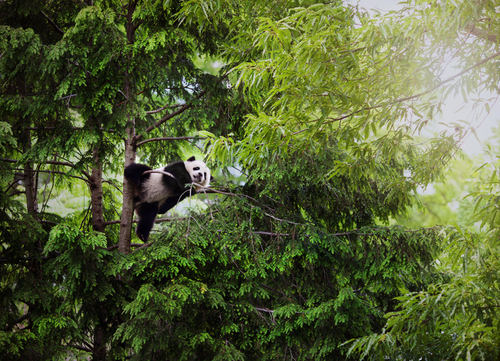
Design Challenge: Creating Animal Habitats
Activity
Design Challenge: Creating Animal Habitats
In this design thinking activity, your child will choose an animal to research, learn about the animal’s habitat, and then replicate the animal's habitat using household items.
2nd Grade
Science
Activity
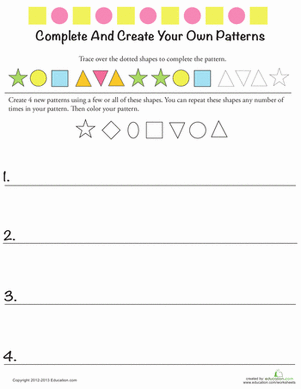
Create a Pattern
Worksheet
Create a Pattern
How many patterns can you create? Your child will have fun using her imagination as she creates her own pattern sequences with shapes and colors.
1st Grade
Math
Worksheet
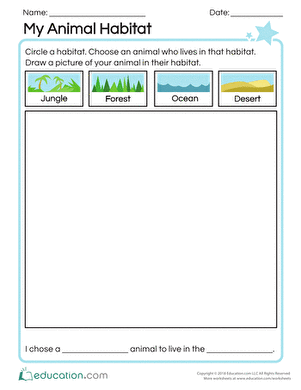
My Animal Habitat
Worksheet
My Animal Habitat
...Have your students select a habitat, then draw a picture of an animal that lives there! This worksheet can be used with the lesson plan: Animal Habitats....
Kindergarten
Worksheet
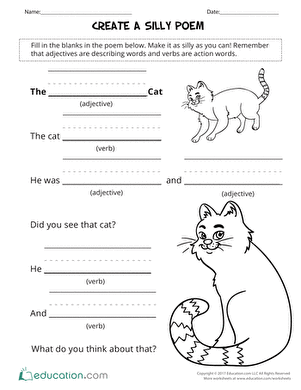
Create a Silly Poem
Worksheet
Create a Silly Poem
This word puzzle asks students to fill in the blanks to create a funny poem about a cat.
1st Grade
Worksheet
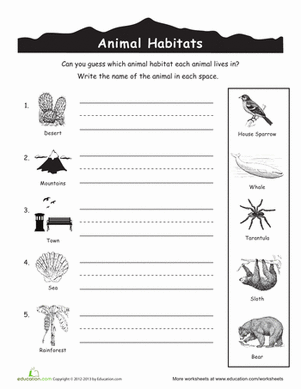
Animal Habitats for Kids
Worksheet
Animal Habitats for Kids
Build nature vocabulary with this habitat-matching worksheet!
1st Grade
Science
Worksheet
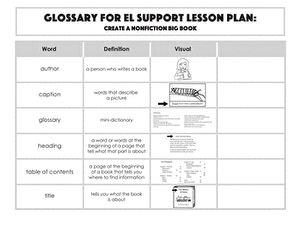
Glossary: Create a Nonfiction Big Book
Worksheet
Glossary: Create a Nonfiction Big Book
Use this glossary with the EL Support Lesson Plan: Create a Nonfiction Big Book.
Worksheet
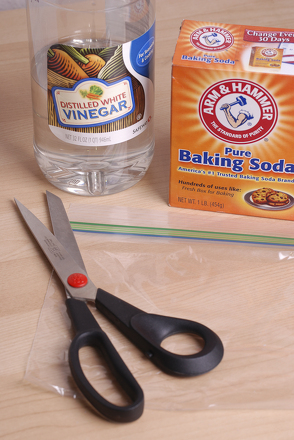
Create a Sandwich Bag Explosion!
Activity
Create a Sandwich Bag Explosion!
Chemistry is a blast with this backyard bomb made from a sandwich bag. All you need are ingredients from the pantry to create a satisfying, and safe, explosion.
1st Grade
Science
Activity
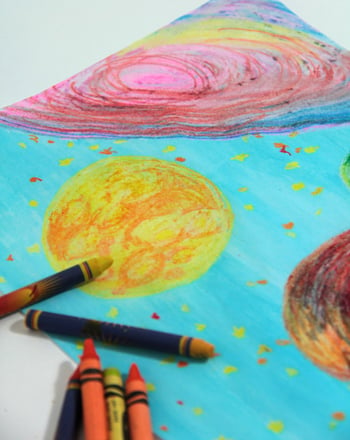
Create a Wax-Resist Nightscape!
Activity
Create a Wax-Resist Nightscape!
Here's an arts and crafts activity that has your first-grader or second-grader using crayons and black paint to create a beautiful wax-resist nightscape.
1st Grade
Activity
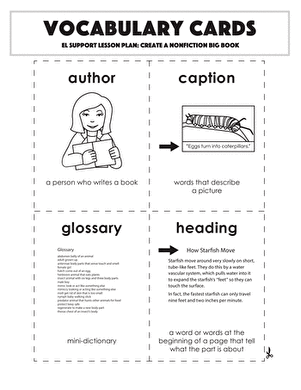
Vocabulary Cards: Create a Nonfiction Big Book
Worksheet
Vocabulary Cards: Create a Nonfiction Big Book
Use these vocabulary cards with the EL Support Lesson Plan: Create a Nonfiction Big Book.
Worksheet
See this activity in a set:
New Old School: Make New Crafts From Old Materials



